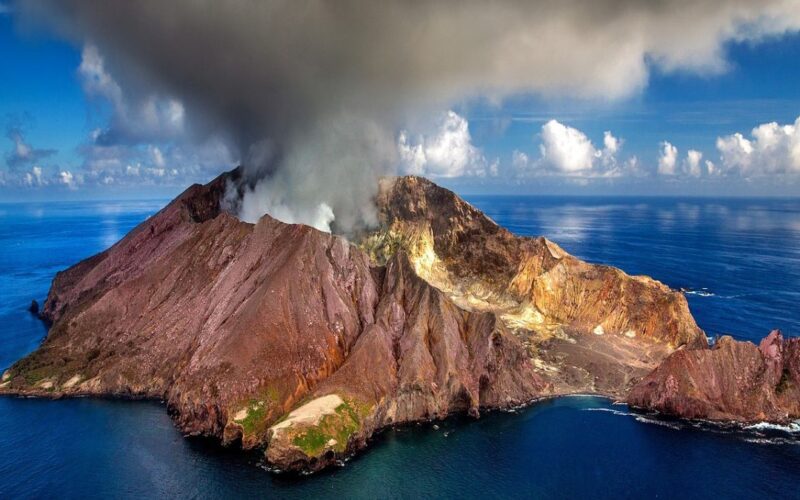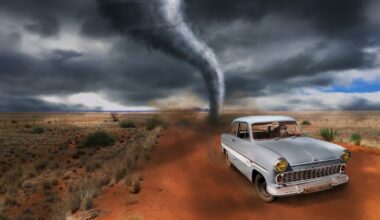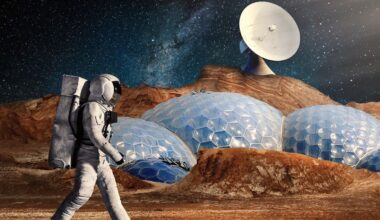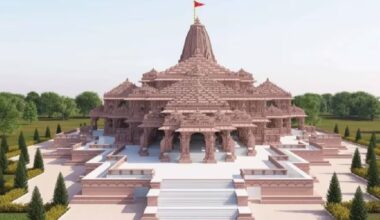Volcanoes, awe-inspiring geological phenomena, are windows into the Earth’s inner workings, showcasing the planet’s immense power and dynamism. Here are ten intriguing facts about volcanoes that illuminate their impact on our planet and lives.
Origins of Volcanoes
Volcanoes form from the Earth’s tectonic plates, where magma—molten rock beneath the Earth’s surface—rises through fractures or weak points, eventually erupting onto the surface as lava, gases, and ash.
Types of Volcanoes
Volcanoes come in various forms. Stratovolcanoes, shield volcanoes, cinder cone volcanoes, and supervolcanoes represent different structures and eruption styles, each shaped by the characteristics of their magma.
Magma Composition
Magma composition varies, influencing volcanic behavior. Silica-rich magma tends to produce explosive eruptions due to its high viscosity, while silica-poor magma results in effusive, fluid lava flows.
Eruption Types
Volcanic eruptions can range from gentle effusive eruptions, where lava flows steadily, to explosive eruptions, characterized by the release of ash, gases, and pyroclastic flows—dangerous mixtures of gas, ash, and rock fragments.
Ring of Fire
The Pacific Ring of Fire, a horseshoe-shaped zone encircling the Pacific Ocean, is home to about 75% of the world’s active and dormant volcanoes, owing to the tectonic plate boundaries in the region.

Volcanic Hazards
Volcanic eruptions pose various hazards, including pyroclastic flows, ashfall, lahars (mudflows), lava flows, and volcanic gases like sulfur dioxide, which can impact local environments and pose risks to human health.
Volcanic Landforms
Volcanoes shape diverse landforms. Calderas, craters, lava plateaus, volcanic islands, and volcanic cones are examples of landforms resulting from different volcanic activities and eruptions.
Monitoring and Prediction
Volcano monitoring involves various methods, such as seismic monitoring, gas measurements, and satellite observations. This monitoring aids in predicting eruptions and assessing volcanic hazards.
Cultural Significance
Volcanoes hold cultural significance in many societies. They are often revered or feared, playing roles in folklore, rituals, and beliefs, influencing local cultures and traditions.
Geological Contributions
Volcanic eruptions play a crucial role in Earth’s geological processes. They contribute to the formation of new land, replenish soil with nutrients, and influence Earth’s climate by releasing gases and aerosols.
Volcanoes stand as magnificent displays of the Earth’s power and geological processes. While they pose risks and challenges, their existence also contributes to the planet’s dynamism and natural beauty. Understanding the complexities of volcanoes helps us appreciate their role in shaping landscapes, influencing ecosystems, and providing insights into the Earth’s history and ongoing geological transformations.










